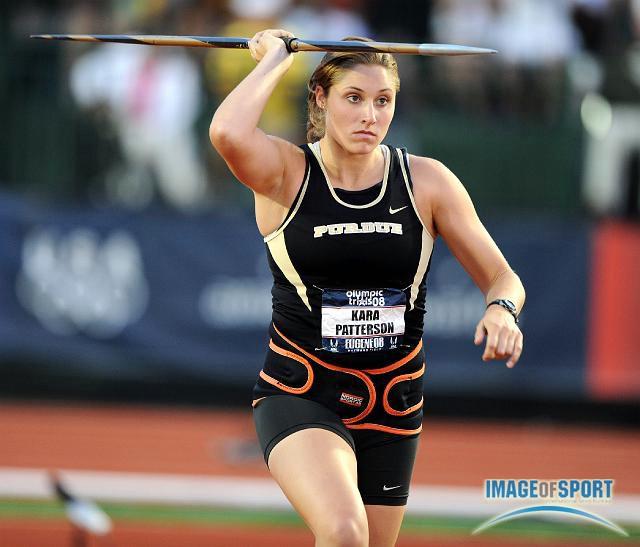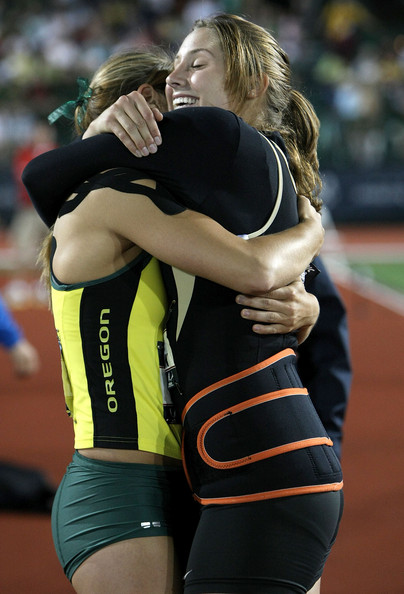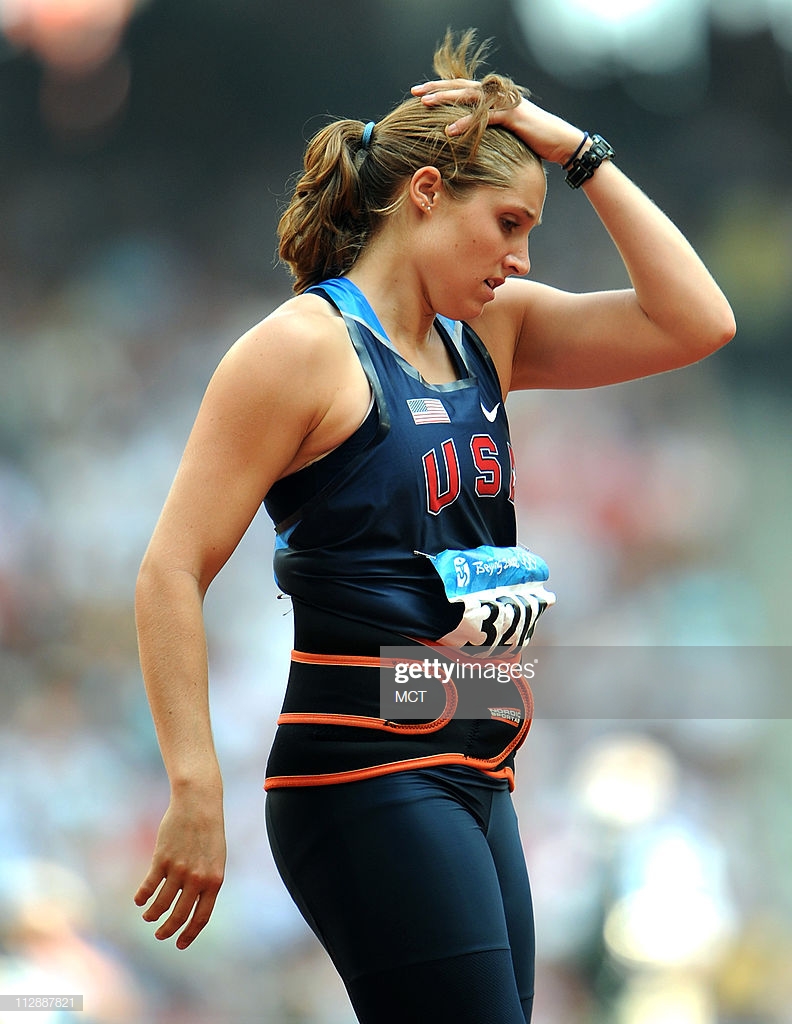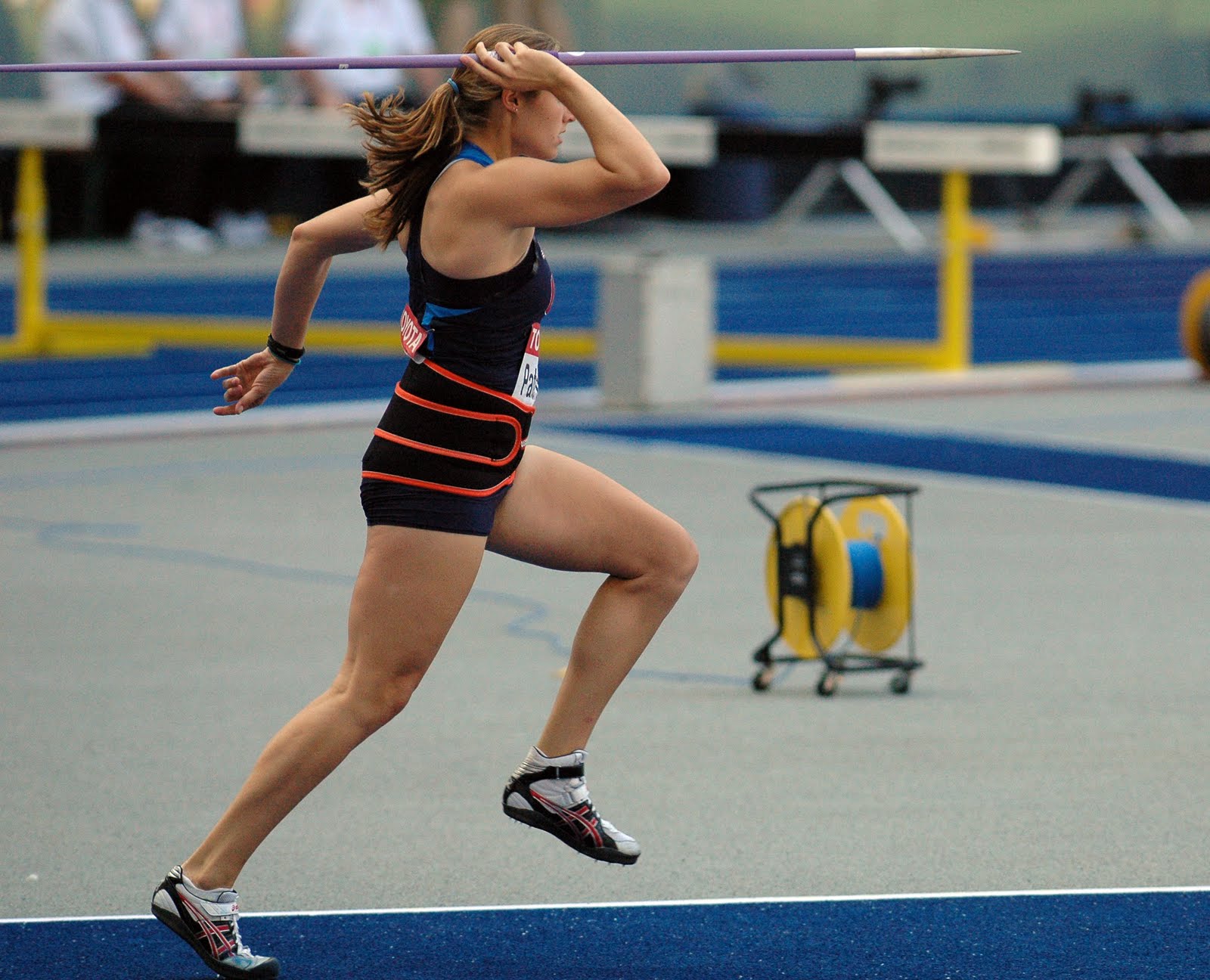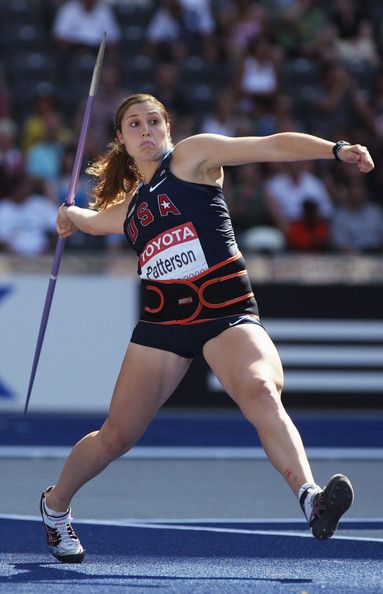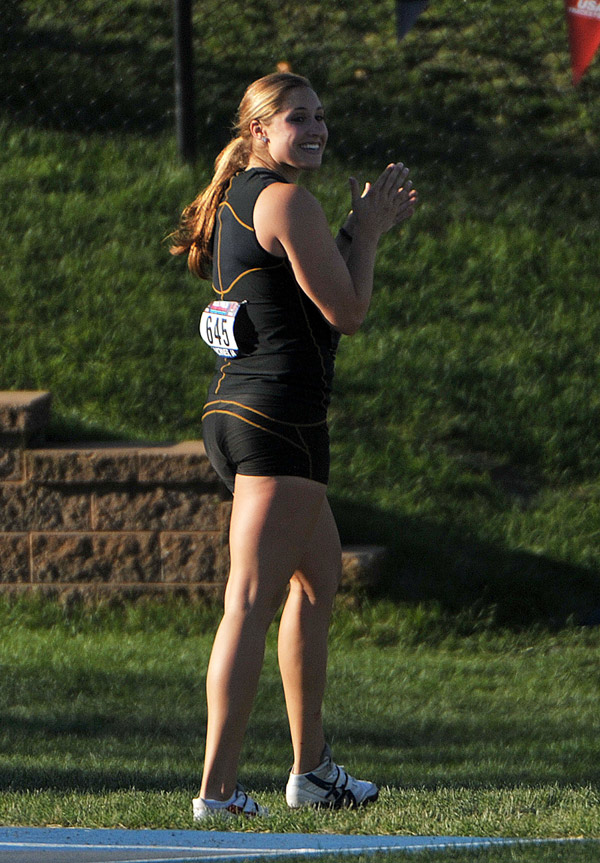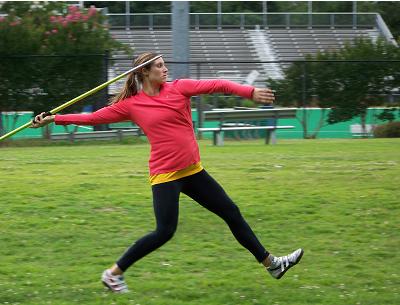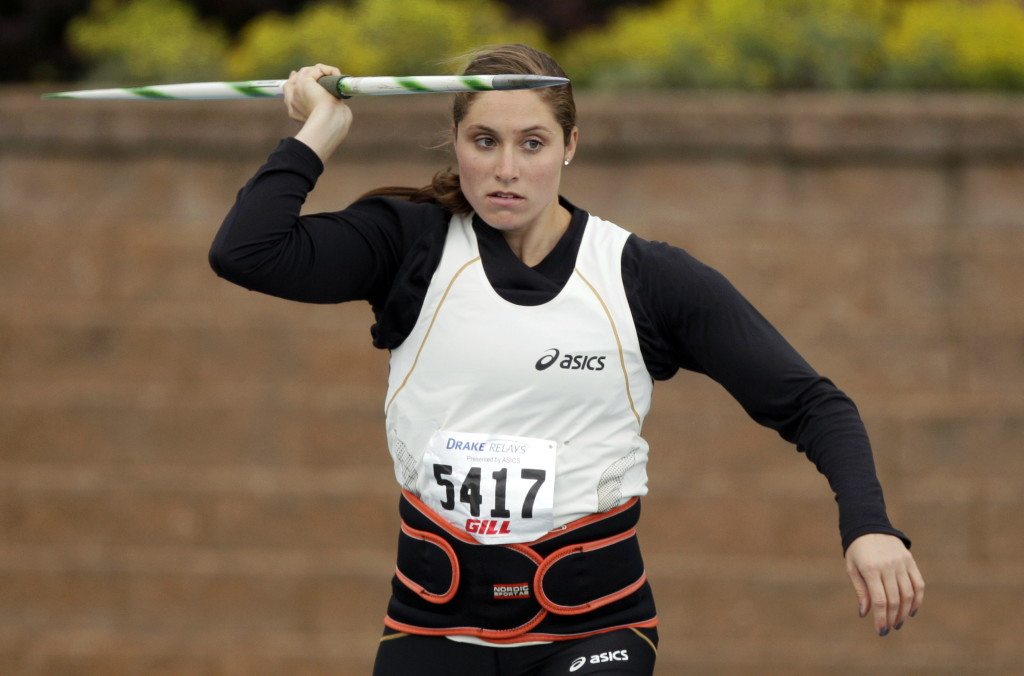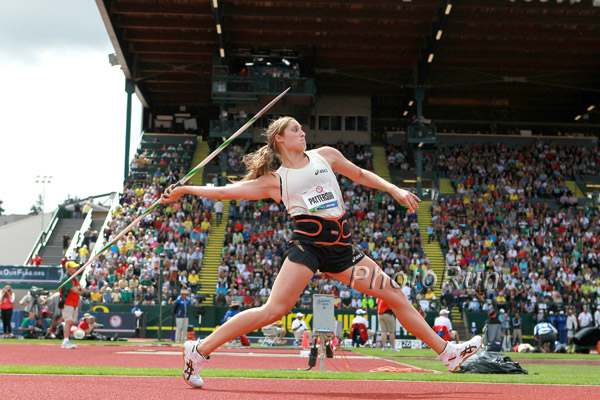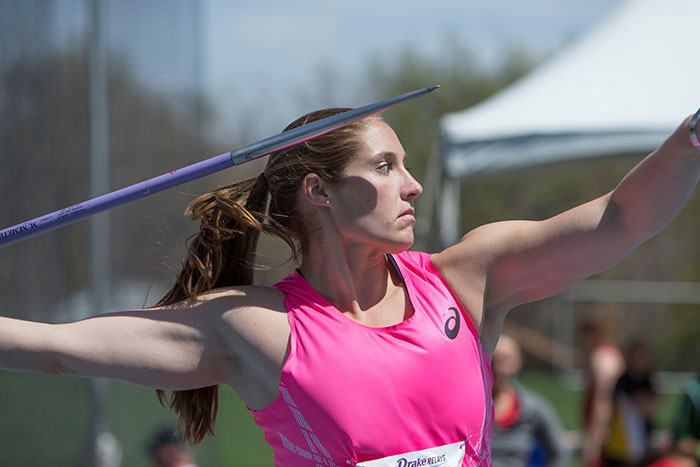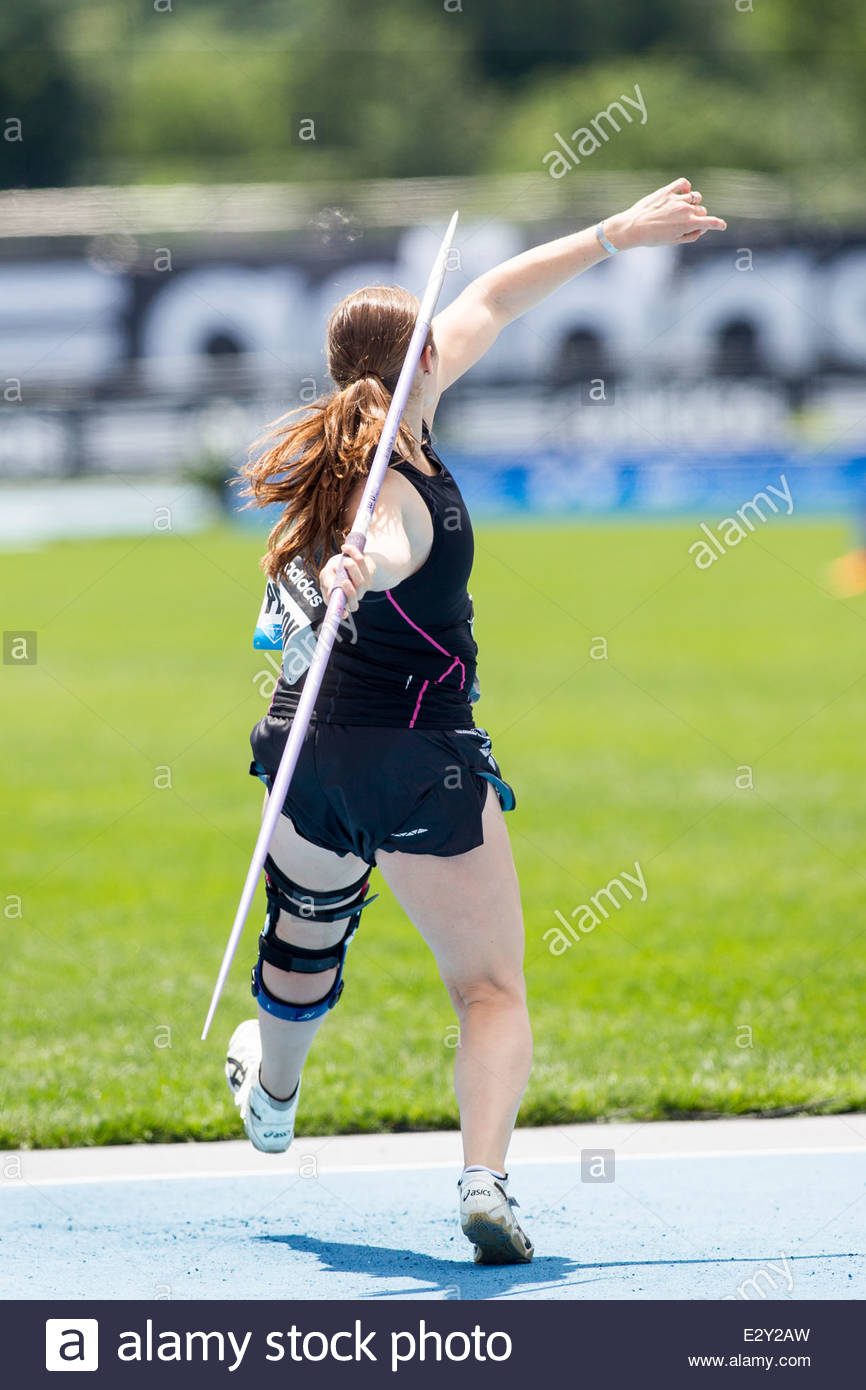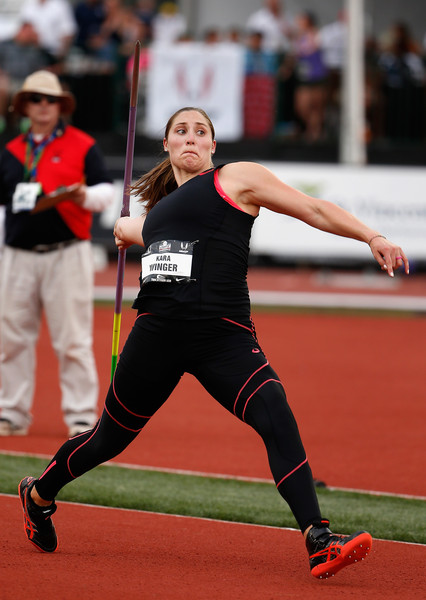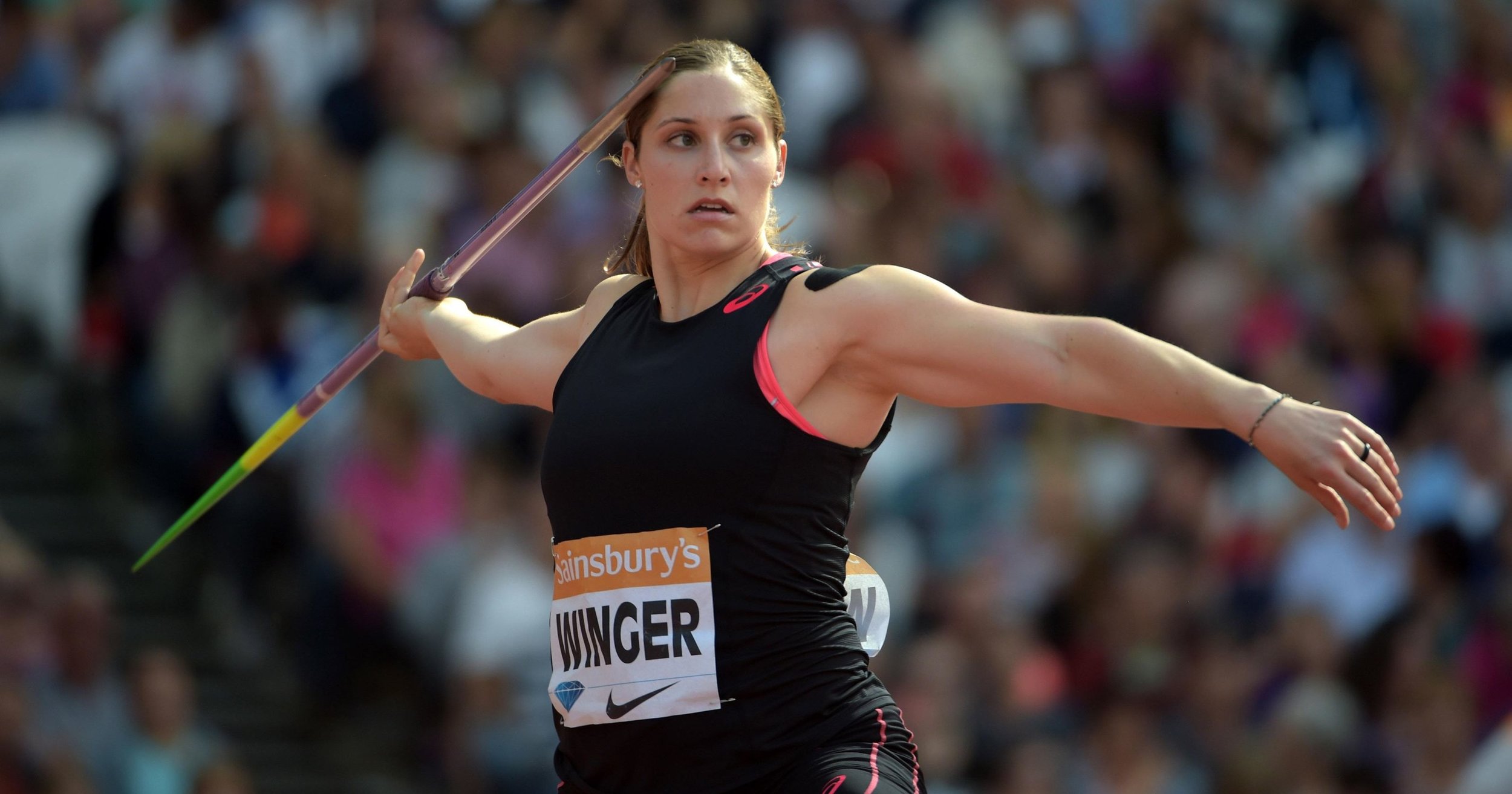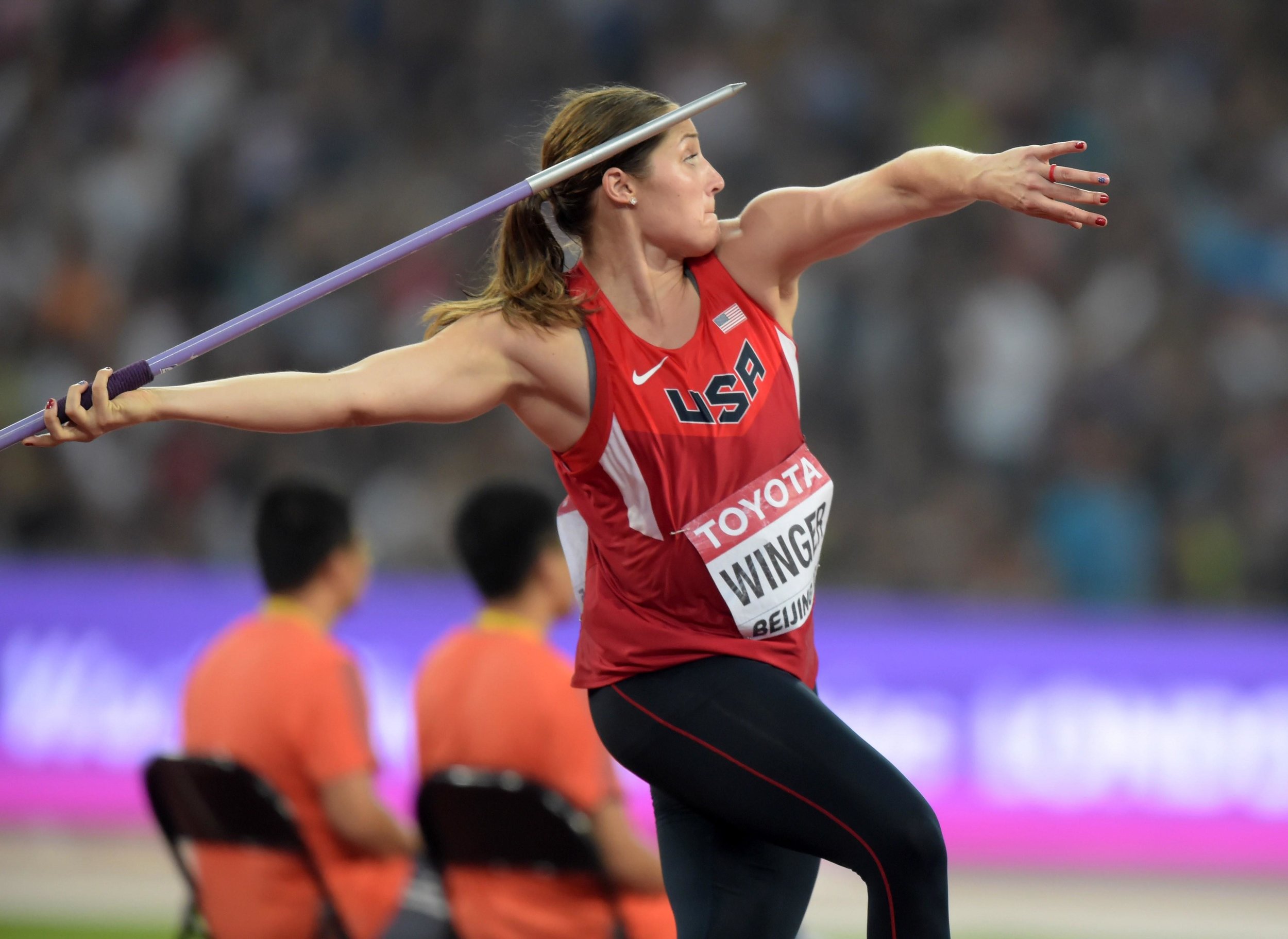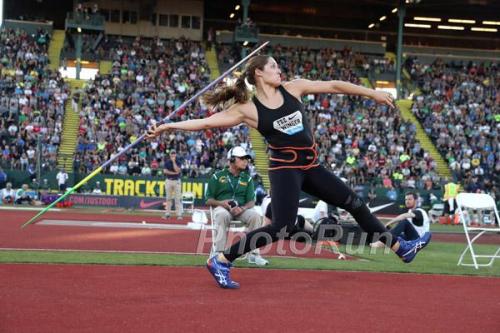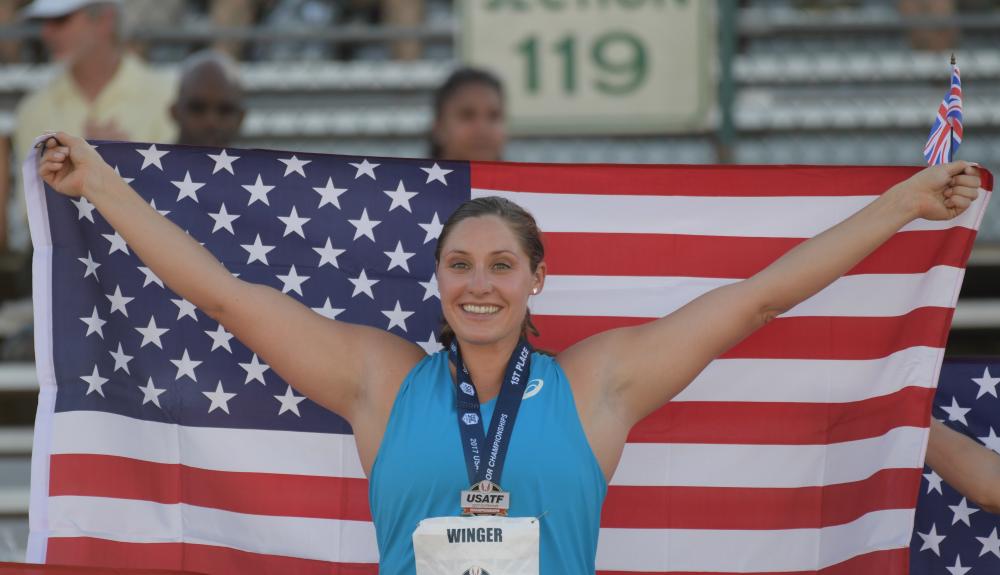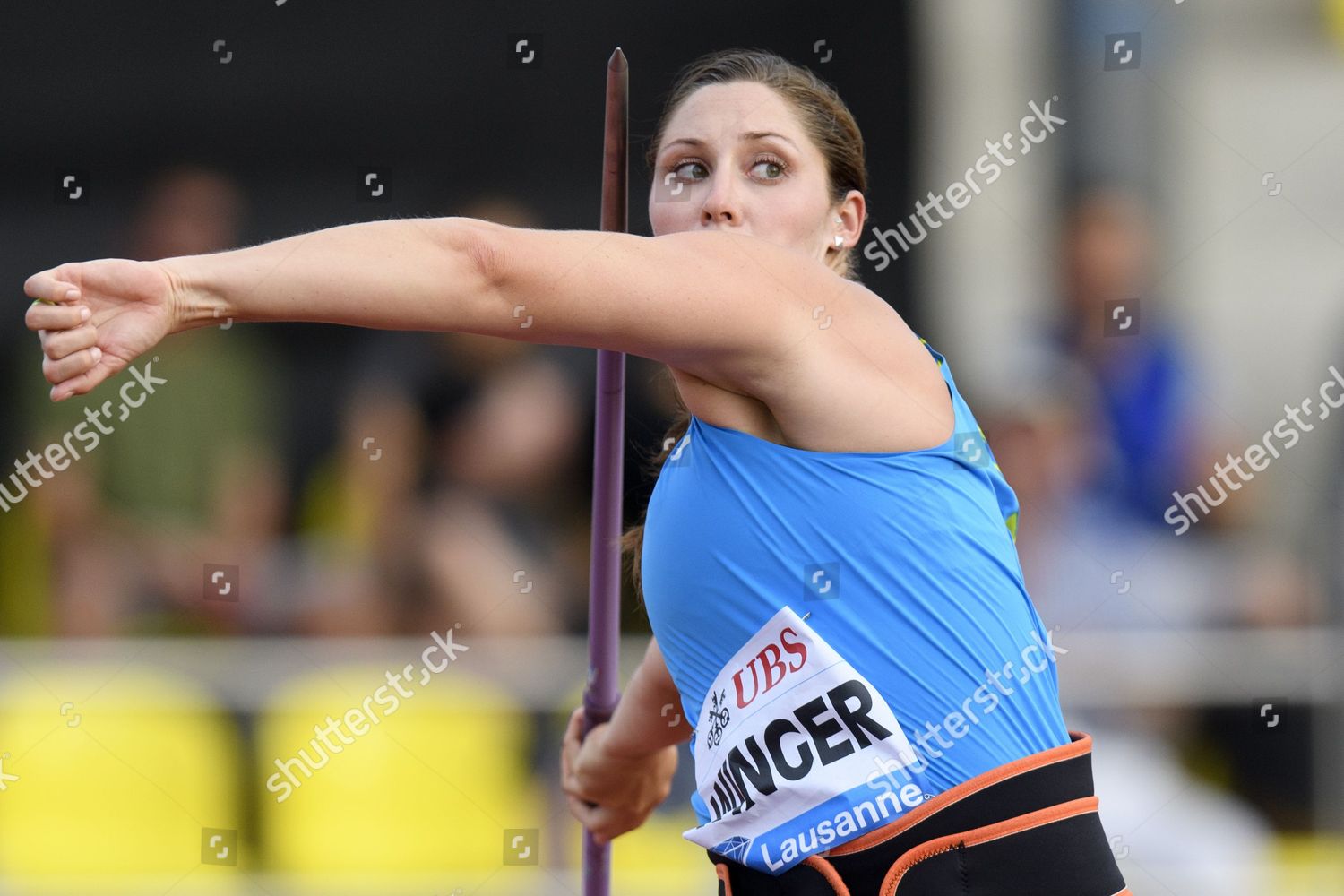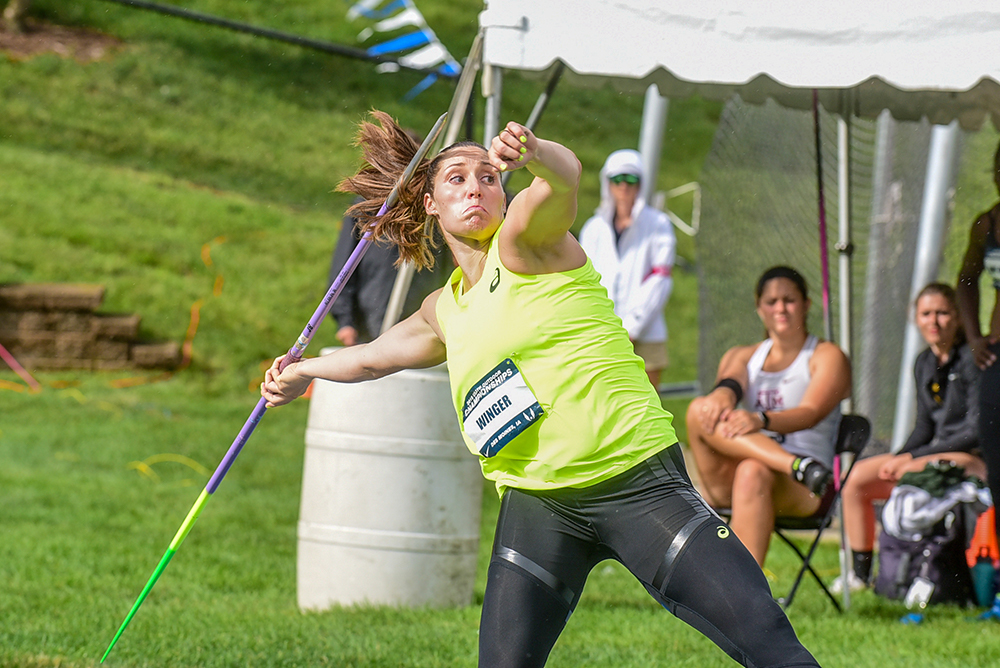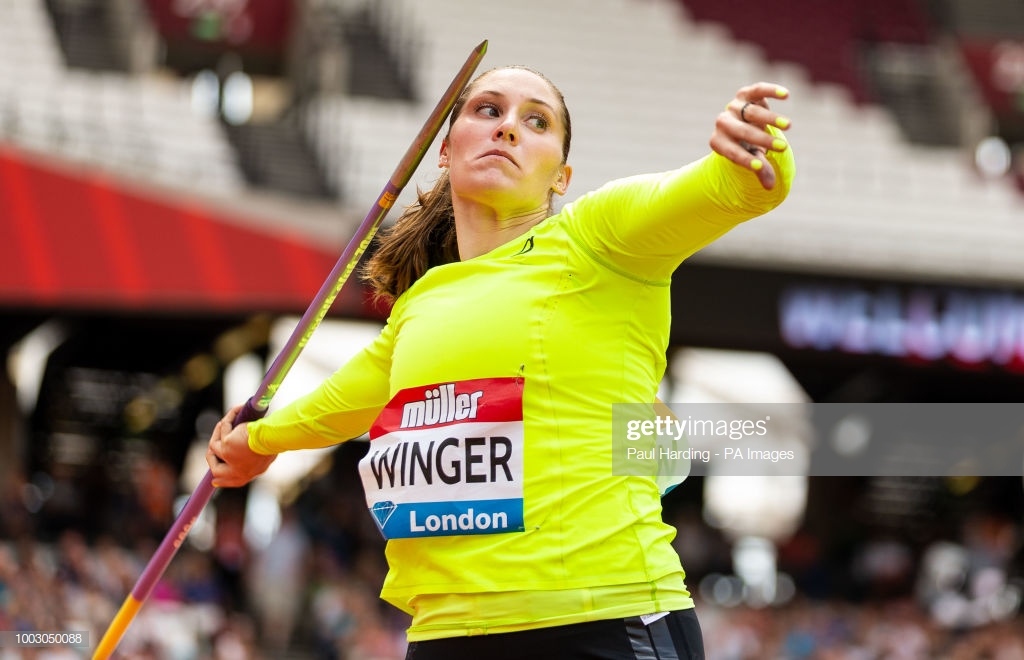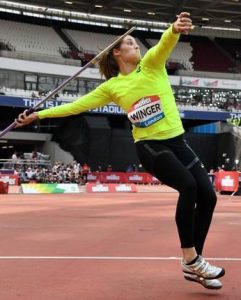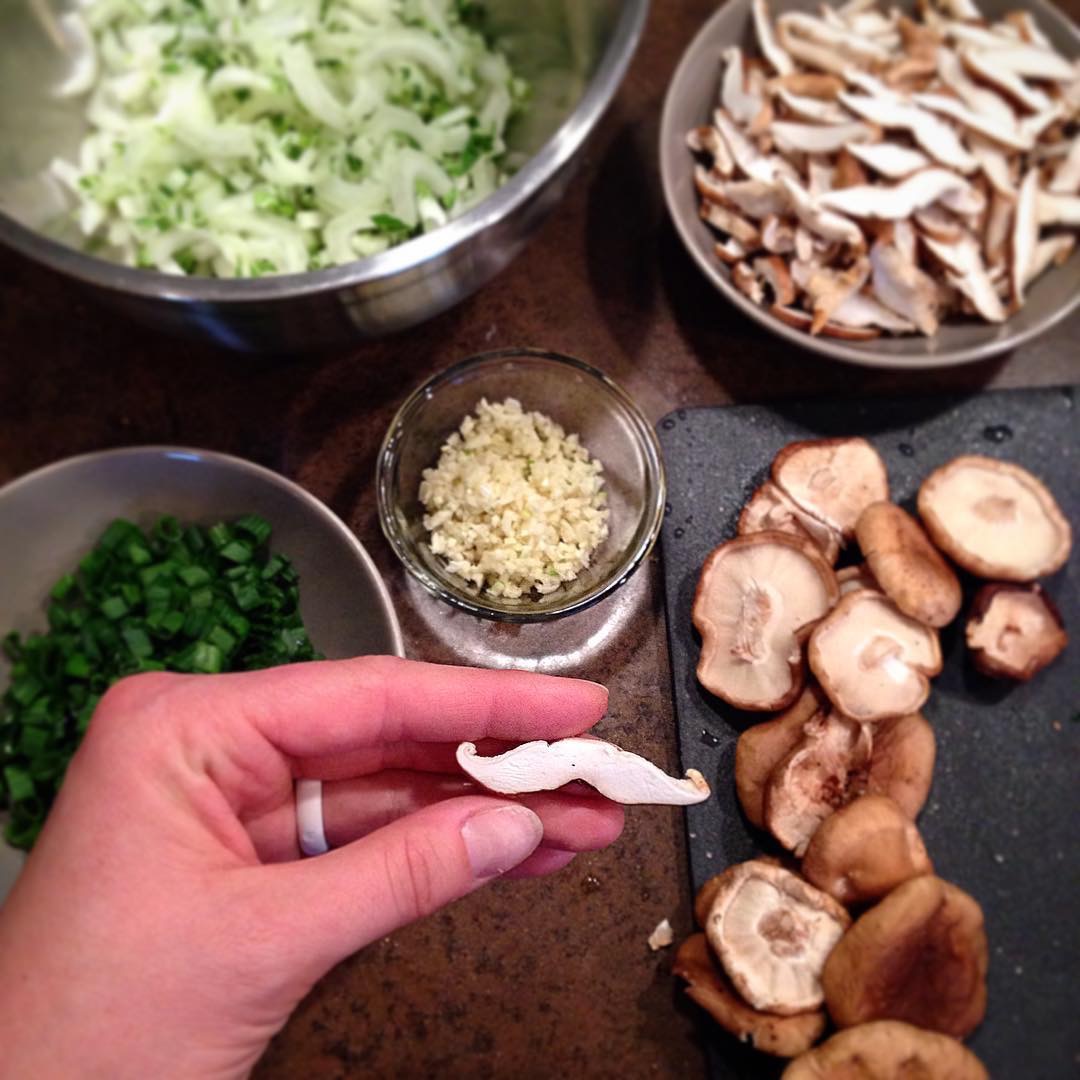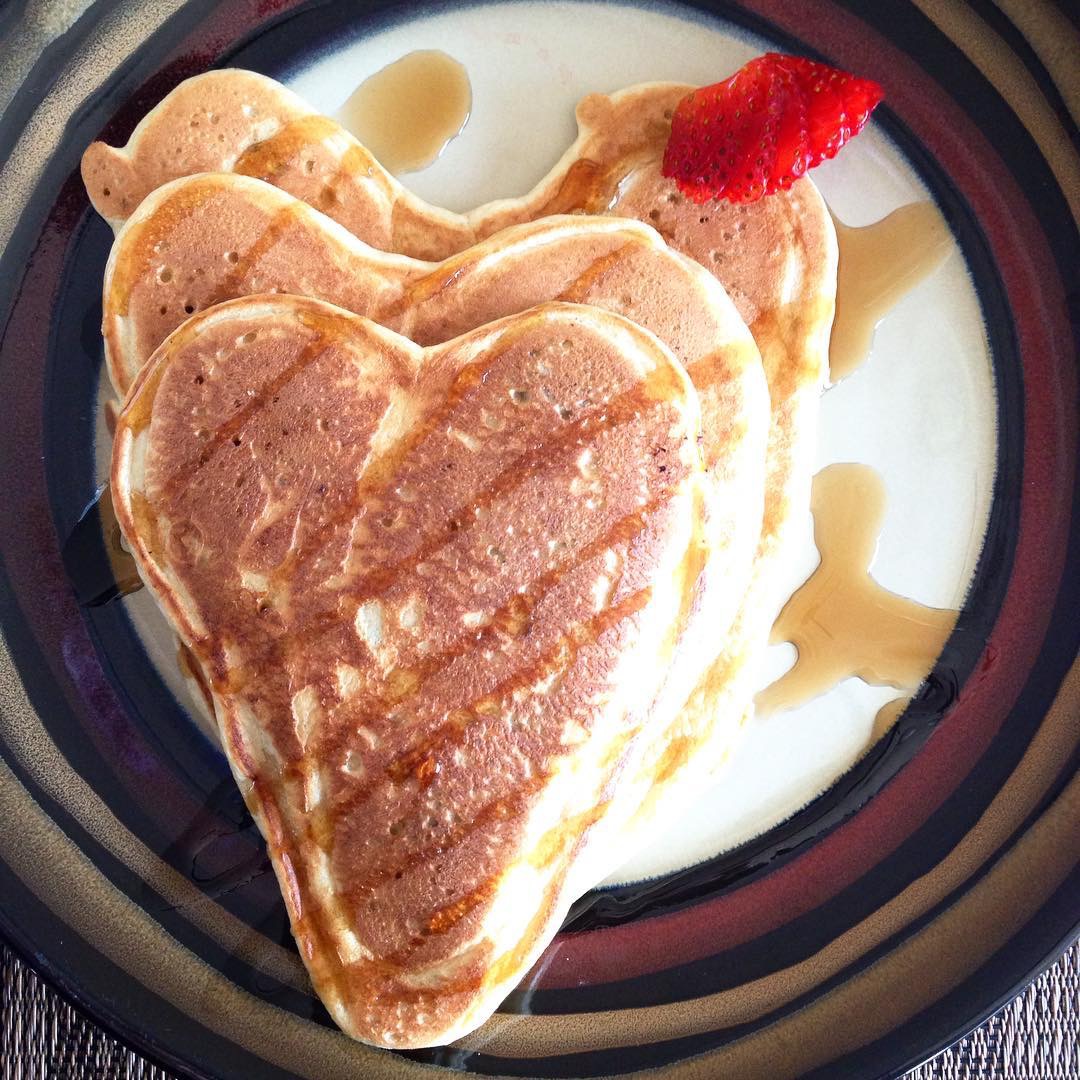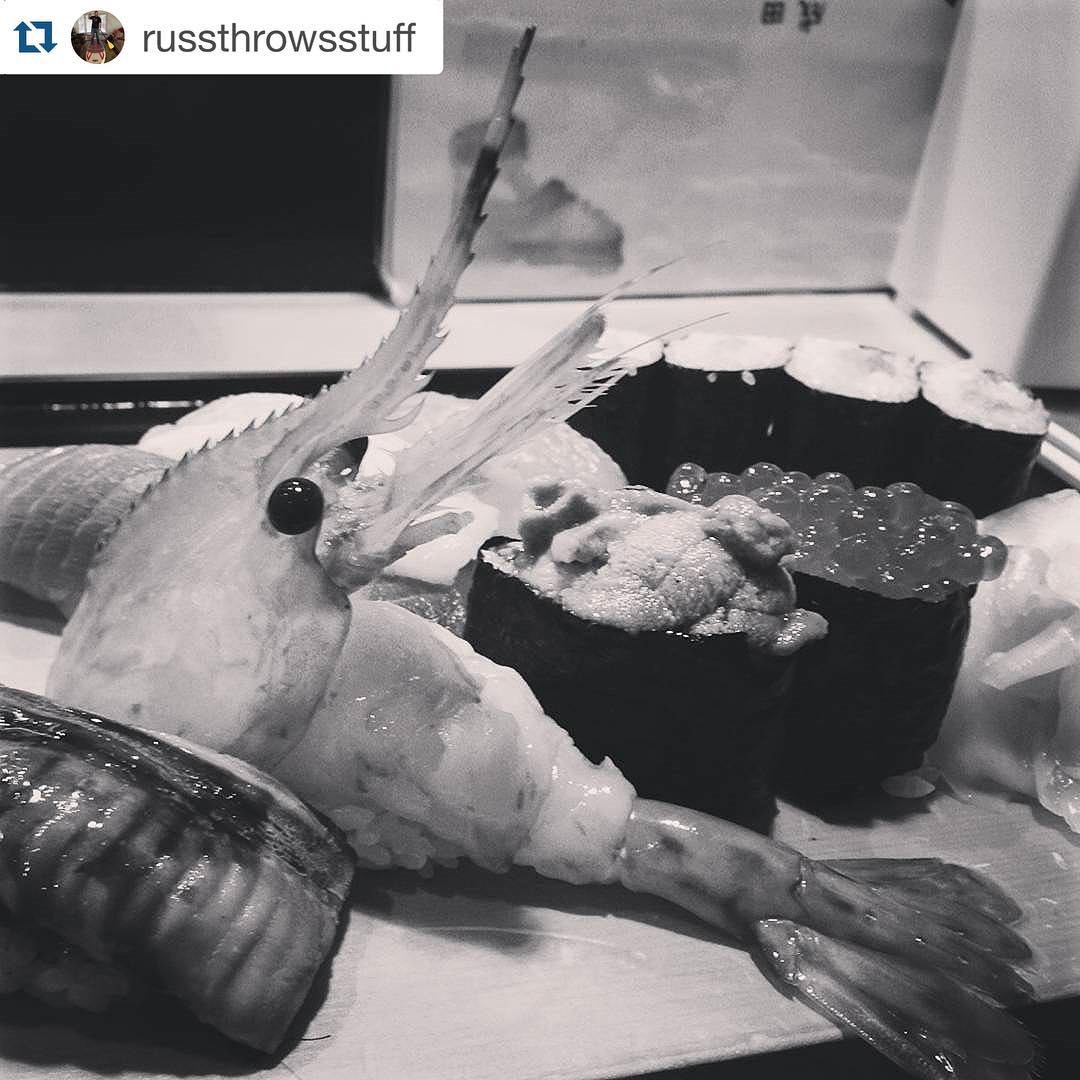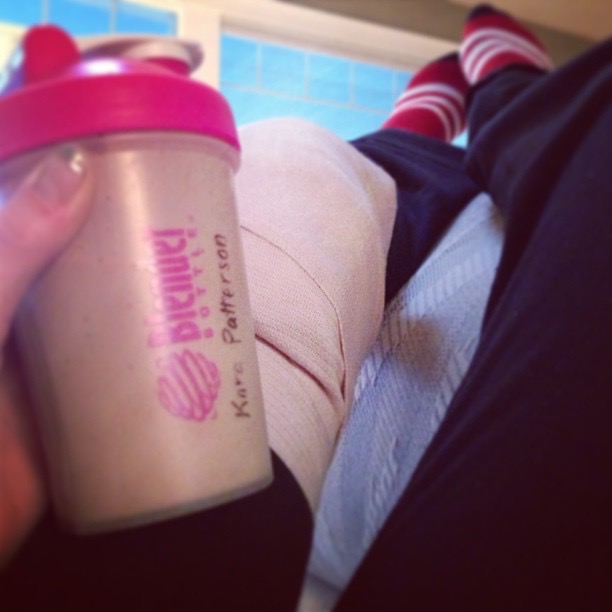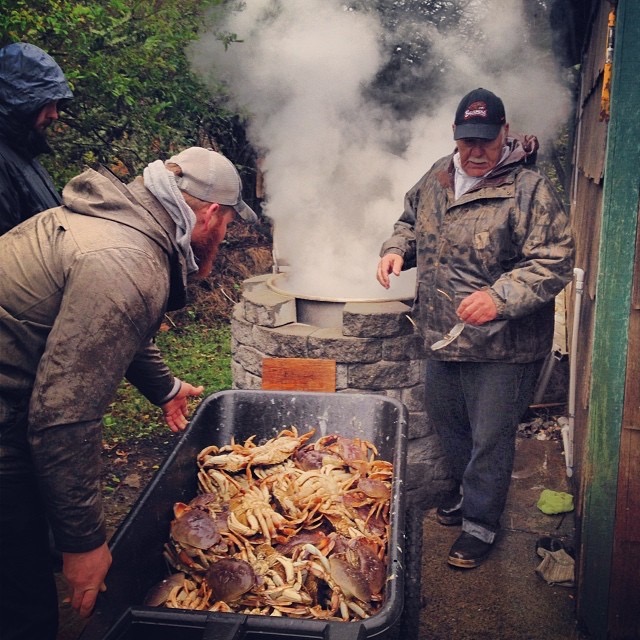Everyone wants there to be a magic formula to good nutrition. There are really basic rules, sure…best practices. But everyone is different, everyone likes different things, and each athlete’s body has different needs.
During the 2010 season (arguably my best to date, although I could make arguments for 2015 and 2018), I weighed about 182-185 pounds. I was right around there in college (Except for in 2009, when Russ lived at Purdue and I ate everything in sight out of happiness. But I think that was more a body composition thing than a weight thing, and I PRed that year so whatever.). When I graduated from high school, I weighed about 160. In 2011, it was suggested to me that I should get leaner, so I did that for the 2011 and 2012 seasons, and was around 175 for most of those years, when I didn’t throw well and ultimately tore my ACL. More on that in an upcoming body image blog! Following my catastrophic knee injury, I’ve eaten for performance rather than vanity. And 2018 and 2019 so far feel like my most successful years with that attitude. I am currently 198-200 pounds, the heaviest I’ve ever been. But in this weird late season (and in all my seasons), heaviness is normal as I approach my competitions. I want to tell you how I think about nutrition.
The end of row one and beginning of row two below are from 2009, my year of eating. These are all chronological!
For even more background, my Mom did a fabulous job of feeding her family well-rounded, nutritious meals growing up. I knew no different than home cooking with balanced nutrients in each family dinner we had together. I’m so lucky to have had that! She told me once that an alternate career for her would have been dietician. Then, I went and got a Bachelor of Science in Nutrition, Fitness and Health from Purdue’s world-class nutrition department.
Here are my main points:
Eat when you’re hungry.
And not when you’re not hungry! Listen to your body. You get bonus points if you have balanced nutrition, but really listening to your body is the biggest point. Get in tune with it. That takes time. Just stop and think, every time you eat. It’ll get easier with practice to know what you need vs. what you want.
Eat breakfast and eat after practice.
You don’t have to eat a ton if you’re not a breakfast person. Just have some berries or a bite or two of banana or a bar that’s easy on your stomach or one piece of sausage or an egg. But putting some fuel in your body is an important start to the day as an athlete. In the same way, you have a short window (about 30 minutes) of opportunity to aid in your recovery from training, right after training. Eat something. Preferably a mix of carbohydrates and proteins.
Hydrate.
Drink water on the regular! I think water is boring so I try to spice it up (LaCroix, SpinDrift, Emergen-C up to once per day, Propel, etc.). Hydration is huge! It moves stuff around your body and flushes out inflammation. Related to this is monitoring caffeine and alcohol intake. I drink about two cups of drip coffee in the morning and might have a dirty chai in the afternoon on my way home from training, but that happens maybe twice per month if I remember to bring my to-go mug. I do enjoy a glass of wine or a margarita with dinner sometimes, but only a few times per week and only if I’ve been good about staying hydrated. I quite enjoy decaffeinated hot tea at night before bed!
Here are some extra points:
1. Plan ahead.
Stock your fridge. There is basically nothing worse than arriving home and realizing you have no good food. If I’m home without Russ (he mostly cooks for me when he is home, and I love him even more for it), I try to have two or three dinner options in mind for the things in my fridge, and always have breakfast foods. My lunches usually consist of sandwiches or dinner leftovers, so I don’t worry too much about them, but I like to have options. I am not a fan of meal planning, but having ingredients available that meet a few different sets of cravings is important to me, and to me eating healthily instead of hitting up Noodles & Company or ordering Papa John’s.
Another way to plan ahead is to have healthy going-out options. I absolutely love Pho, and I have no problem at all eating at my favorite restaurant by myself. So if I’m on my way home from an afternoon practice and am totally exhausted, I turn my car toward Lemongrass and feel no guilt about it. I used to lunch often at McAllister’s deli and quite enjoyed a giant salad while I journaled and reviewed film. Paying more than I would to cook at home is okay with me if I know the food is also fueling my recovery and performance. But I don’t like to pay for junk.
2. Have snacks.
There are SO many snack options in the world! Figure out what your favorite healthy bar is. I like Rx bars. Have some of those on hand. My favorite snack that I’ve discovered in the last few years is cottage cheese, pistachios, apples, and cinnamon in a bowl. Delicious! If you mix equal parts plain Greek yogurt and peanut butter (or some real fancy almond or other-nut butter like I do), it makes the yummiest fruit dip, and you’re getting protein in. Do some Googling and figure out what you love in a healthy snack, then have those things on hand for when hunger strikes and you still want to make gains.
3. Timing is important.
I said I avoid Noodles & Company, but if I really really want it and my time is short or I’m totally worn out, I’m going there. I’ll get protein, fats and carbs in my regular-size Wisconsin Mac n’ Cheese, and then when I get home I can shower, cuddle Madeline and go straight to bed. I have a friend who shall remain unnamed who does this with Chick-fil-A. Sometimes getting whatever nutrients are available in within a half hour of a training session is more important than worrying about what that food is. But not every day.
Having the right foods on hand (points one and two) will allow you to eat better stuff within those critical windows after training, so you don’t have to resort to fast food. But sometimes is okay. I have really long ball days sometimes (a 3-hour training session perhaps), so I started taking a protein-rich yogurt to practice with me to eat halfway through. My body does fine with dairy, and I felt a lot better after getting that nice cold snack. The second half of my workouts flourished!
4. If you must, track your intake.
There are a lot of nutrition apps you can download to help you learn what is actually in the things you’re eating and how those numbers relate to what other people do, or how you could do better. If you’re just learning about nutrition, I’d encourage you to download one to get familiar with what food means in terms of macronutrients and Calories.
You also don’t have to lean on technology. If you want, you can just write down what you eat for a few days or a week, just to see. Take notice of what you’re eating rather than just putting stuff in your mouth. Be intentional about it.
5. Change things at the appropriate times.
During a season is not the time to completely revamp your diet! Wait until the off-season to make big changes if you’re going to, and talk to someone about them (your coach, your Mom, a health teacher perhaps). Changing little things in the midst of the season is fine! But mostly that’s quantities rather than the entire makeup of your meals. As you move into the competitive season, you’re doing less work overall, so your intake naturally goes down if you’re listening to your body.
What I do:
I grew up eating well, thanks to Mom, as I mentioned, and then college happened. I didn’t learn to cook really before I went there, and having all that freedom to eat what I wanted meant I ate what I wanted. Eventually I figured out balance, my cooking skills improved, and my classes meant I understood a little more than maybe other people might about eating for performance. That has morphed, over time, into even more understanding of my personal energy needs throughout a day.
Now, I eat primarily proteins and fats in the morning (eggs, sausage or bacon, coffee with a little milk and water at breakfast). Like I mentioned, I’ll eat a yogurt in the middle of morning practice if it’s a long one. Lunch is recovery and a mix of proteins and carbs, with veggies: Leftover dinner meats in a quesadilla with avocado perhaps, and carrots and hummus on the side. A sandwich with veggies piled on, an apple and peanut butter. Chili with Ritz crackers. If I get hungry in the afternoon I’ll have cheese and crackers or more veggies and hummus, or maybe a smoothie with a little bit of everything from my fridge. My snack (if I have one) usually happens before Maddie’s and my afternoon activity (a walk or the dog park). Then dinner is mostly proteins, fats and veggies, and I like to eat pretty early in the evening so that I have lots of time to lay around and get to bed early. Tea happens after dinner!
I really like my new system of eats, with carbohydrates concentrated in the middle of the day. I’m consuming my fast-burning food at a time when my body will burn it fast, and getting lots more protein proportionally than I used to, as I’m not full of carbs I’m trying to fit into the same meal.
I used to train twice per day, and now I only have one session, six days per week. It’s a lot of work still, but more focused work. So I can consume nutrients in a more focused way and feel like that coincides! And when you’re talking about overall energy expenditure, it’s less than it used to be when I did multiple sessions per day for years and years. So I eat less overall as well. I just try to get my timing down for recovery purposes.
Food experiences!
People get overwhelmed by nutrition and like to jump on trends, but food is a tool that you just need to figure out how to make work for you specifically. Experiment with your diet and notice how you feel when you have time and opportunity to do so. Shop the perimeter of the grocery store so that you’re eating real food. Google any dish you can think of and the word “easy” and you’ll be able to recreate it and then build on it in your own kitchen. Above all (and again), listen to your body. I love good food, but mostly I love good food experiences: Give me a seafood restaurant with great conversation with interesting friends in a fantastic location (Mitch’s, perhaps), and I’m incredibly happy. And I’ve learned over time that my clam chowder is just as amazing if it’s in a cup rather than a bowl. And I can take half my poké home instead of shoving it all down to keep the night a lovely memory rather than a painful over-eating, tired and grumpy one. Let food enhance your life rather than running it.
